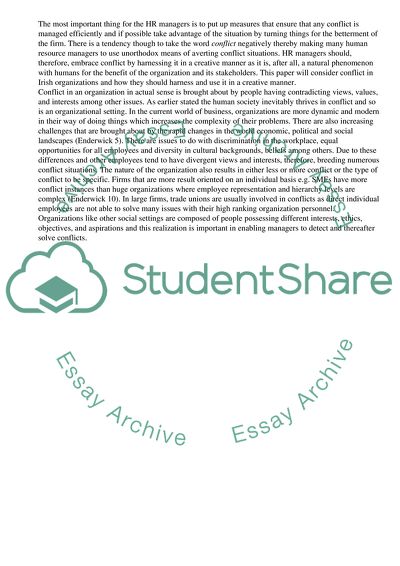Cite this document
(“How to Wrap Up Conflict in Irish Organizations for the Good Coursework”, n.d.)
How to Wrap Up Conflict in Irish Organizations for the Good Coursework. Retrieved from https://studentshare.org/management/1747527-business-hrm
How to Wrap Up Conflict in Irish Organizations for the Good Coursework. Retrieved from https://studentshare.org/management/1747527-business-hrm
(How to Wrap Up Conflict in Irish Organizations for the Good Coursework)
How to Wrap Up Conflict in Irish Organizations for the Good Coursework. https://studentshare.org/management/1747527-business-hrm.
How to Wrap Up Conflict in Irish Organizations for the Good Coursework. https://studentshare.org/management/1747527-business-hrm.
“How to Wrap Up Conflict in Irish Organizations for the Good Coursework”, n.d. https://studentshare.org/management/1747527-business-hrm.


